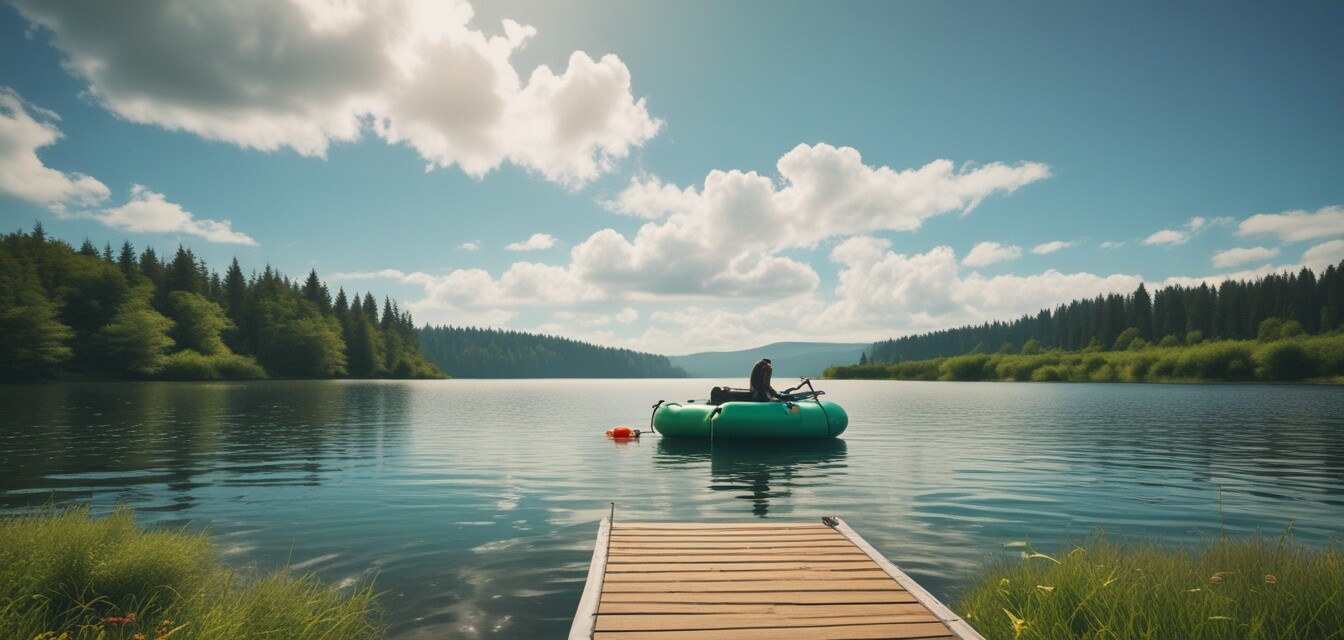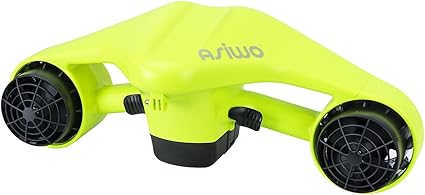
Some links on this website are affiliate links. If you make a purchase through these links, we may earn a commission or you may receive a discount, at no additional cost to you. This helps support our site.
Please also note that Artificial Intelligence (AI) may have been used in the research, content generation, and design of this website. Our aim is to enhance your experience, and we strive for accuracy and transparency in all information presented.
The Best Techniques for Tubing Safety
Key Takeaways
- Always wear a life jacket while tubing.
- Choose the right tubing equipment for your skills.
- Maintain proper communication with the boat driver.
- Stay aware of your surroundings and follow lake safety regulations.
- Know how to fall safely and recover from spills.
When it comes to enjoying a day at the lake, tubing offers an exhilarating way to have fun on the water. However, with every adventure, ensuring safety is paramount. Many techniques can enhance your tubing experience while keeping everyone safe. In this guide, we'll cover the best practices for tubing safety, from gear selection to communication techniques.
Understanding the Basics of Tubing Safety
Before you hit the water, understanding the basic safety measures can help prevent accidents and ensure an enjoyable outing for everyone. Here are some essential practices to keep in mind:
1. Wear the Right Safety Gear
Not all gear is created equal when it comes to protecting you while tubing. Consider the following safety equipment:
| Safety Gear | Purpose |
|---|---|
| Life Jacket | Provides buoyancy and keeps you afloat. |
| Helmet | Protects your head during collisions or falls. |
| Gloves | Improves grip and protects hands from abrasions. |
| Wet Suit | Keeps you warm and provides a layer of protection. |
2. Communication is Key
Effective communication between the tubing participant and the boat driver is critical. Consider these tips for better communication:
- Establish hand signals for easy understanding.
- Always signal when you want to start, stop, or slow down.
- Use a whistle for emergency situations.
Choosing the Right Equipment
Your tubing experience is only as good as the equipment you're using. Here are some key considerations:
3. Select the Appropriate Towable Tube
Not all towable tubes are meant for all skill levels. Take into account:
- Experience Level: Beginners should start with a stable, wide tube.
- Weight Capacity: Check that the tube supports the combined weight of all riders.
- Features: Look for tubes with padded handles and safety features like anti-roll design.
Knowing Your Surroundings
Safety also extends beyond your equipment. Being aware of your surroundings is crucial.
4. Respect Local Regulations
Every lake has specific boating and tubing regulations. It's essential to:
- Know the speed limits and designated tubing areas.
- Follow the guidelines for personal flotation devices (PFDs).
- Be aware of other watercraft, swimmers, and obstacles.
5. Always Have a Spotter
Having someone on the boat dedicated to watching the tubers can enhance safety by:
- Alerting the boat driver to any issues.
- Helping with communication signals.
- Assisting in rescue if someone falls off.
Fall Safety Techniques
If an accident does occur, knowing how to fall safely can help reduce injury risks:
- Try to fall away from the boat and toward the water.
- Protect your head and neck by tucking in.
- Avoid using your hands to catch yourself, as this can lead to injuries.
- Stay calm and float until help arrives or you can swim back to the boat.
Conclusion
By following these essential tubing safety techniques, you can enjoy a thrilling day on the water while minimizing the risks involved. Always prioritize safety gear and effective communication, and don't forget to choose the right equipment based on your skill level. To learn more about enhancing your lake experiences, be sure to check out our other resources on lake adventure tips and tricks.
Pros
- Increased safety for all participants.
- Enhanced enjoyment of tubing activities.
- Better preparation and awareness of surroundings.
Cons
- Can require additional investment in safety gear.
- May need training to communicate effectively.
- Requires understanding of local regulations.
Tips for Beginners
- Start with a calm lake and ideal weather conditions.
- Practice basic water safety skills before tubing.
- Invite experienced tubers to join you for guidance.
- Don’t rush; take your time to learn the ropes.
- Have fun and enjoy the beauty around you!
